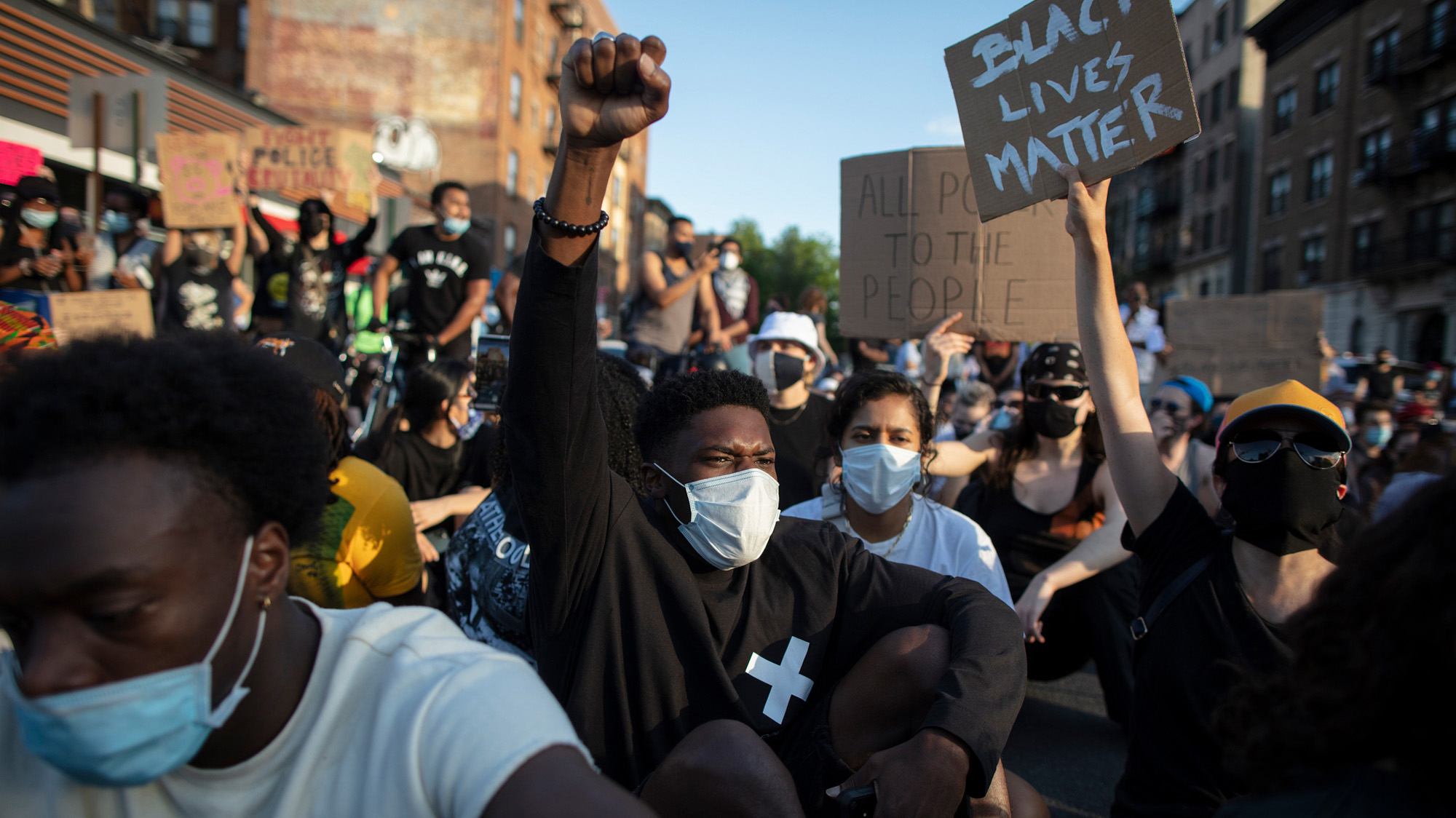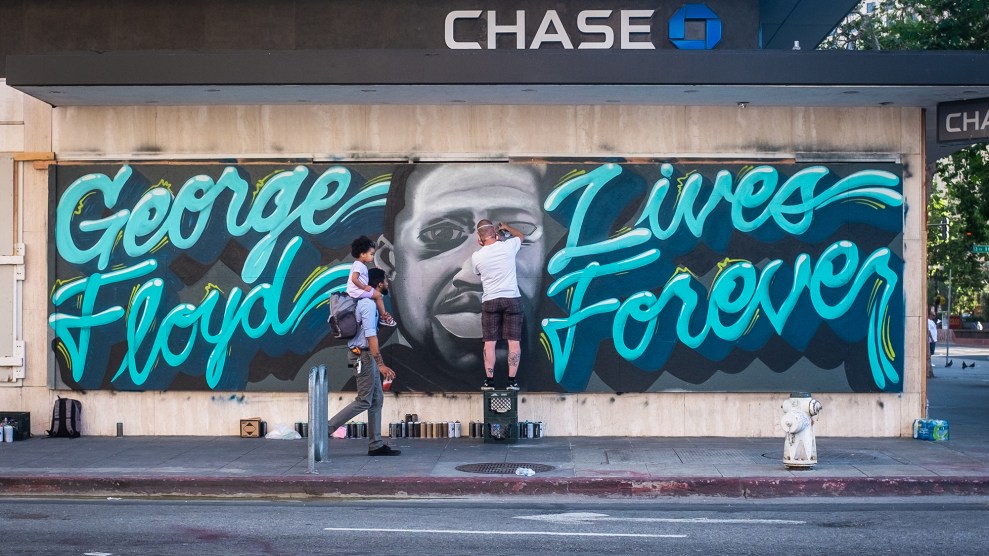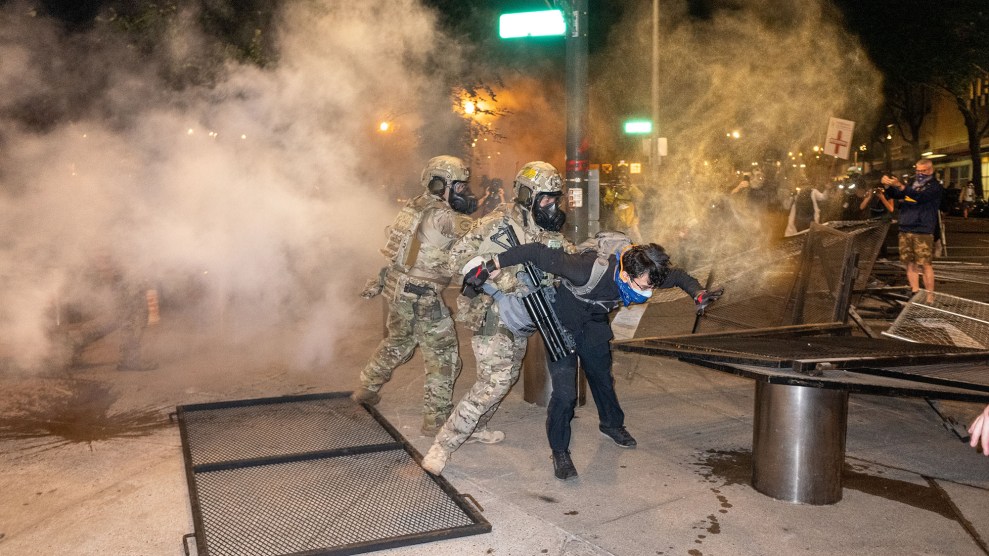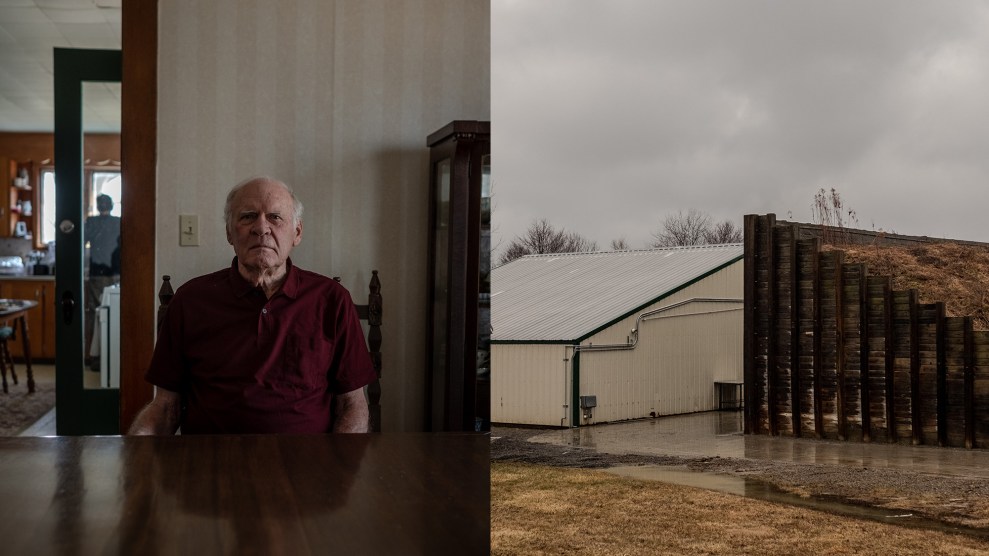To someone who grew up in New York City, the NYPD will always be synonymous with Amadou Diallo. One of the first protests I ever attended was at City Hall in 2000, after the police officers who shot at Diallo 41 times were acquitted and the city erupted in anger. His killing solidified and reaffirmed a generation of New Yorkers’ understanding of who the police really were, who they served and protected, and who they did not.
People called for change, and politicians promised that the police would be reformed. Instead billions of dollars flowed into the NYPD as they racially profiled countless youth through stop and frisk, shot at Sean Bell 50 times, choked Eric Garner to death, and denied justice to the family members of Delrawn Small, Elvin Diaz, Ramarley Graham, Jayson Tirado, Mohamed Bah, Shantel Davis, Iman Morales, Kimani Gray, Alberta Spruill, and Rexford Dasrath—all men and women who have been killed by the NYPD over the past 15 years. Year after year, from New York to Missouri, police continue to kill Black and Brown people with impunity, all while serving as the most powerful apparatus of racist violence in the United States.
After the killing of George Floyd, 25 days (and counting) in New York City have been marked by hundreds of protests and marches that have spread out across so many neighborhoods it seems like they might reach every person in the city. Young people, around the same age Trayvon Martin and Michael Brown would have been if they were alive today, are leading marches with confidence and strength. Older residents and young children stand outside their stoops and windows cheering from a safe distance, thanking them for putting themselves on the line. Just a month ago, the hospitals were overflowing. So many lives were lost, and just as with police violence, the victims have been disproportionately Black and Brown.
Some of the protests are enormous and others are small, some are joyful and others mournful, some are run like campaign events organized by local politicians and others more like DIY actions scraped together by high school kids. What they all have in common is their power—the way people are feeling it, and the way people are showing it. This is a movement, not a series of protests, and within weeks it has already put politicians on the defensive, pressuring them to enact reforms that have been long overdue. And still, the movement knows that this is not enough, and it is not backing down.
Floyd’s killing is infuriatingly nothing new or different. But the outrage, activism, and protest it has inspired, the Black Lives Matter movement’s spread and influence, the calls to defund and abolish the police that are going beyond more of the same placating reforms, and the momentum of a movement that simply will not stop—all this is new. From my one small lens in this great big city, this time feels different.

Mothers, fathers, sisters, and brothers of men and women killed by the NYPD march past City Hall in Manhattan on June 9. In the corner of their banner it reads #repeal50a, something they have fought for over decades. New York Civil Rights Law section 50-A has kept police officers’ disciplinary records secret for the past 44 years, hiding misconduct and excessive force complaints from the public, the press, and even attorneys, helping to ensure unfit officers would remain on the street. The New York legislature voted to repeal 50-A the day after this protest, and Gov. Andrew Cuomo signed the measure two days later.

A member of the activist collective Warriors in the Garden in Washington Square Park on June 4.

“I AM BLACK AND MY LIFE MATTERS” is written on Precious Edwards’ face shield at the June 13 Black Excellence March in Brooklyn.

Officers line up on the third day of protests in New York City, on May 30 in Flatbush, Brooklyn. That night saw some of the most intense encounters between police and protesters that have taken place in recent New York history, with officers spraying tear gas, arresting and beating demonstrators, while protesters threw bottles and set several NYPD vehicles on fire.

Protesters fill the streets outside the Barclay’s Center in Brooklyn on June 2.

A rally in the Bronx, organized by the Bronx Justice Center and the party for Socialism and Liberation, on June 3.

Tiffany Tores, a dancer from the Bronx, is comforted by a friend during nine minutes of silence observed in honor of George Floyd and the many other Black men and women killed by police. (It signifies the approximate amount of time police officer Derek Chauvin placed his knee on Floyd’s neck, resulting in Floyd’s death.) This moment of quiet reflection marked the end of a joyful “Dance for George” protest in Harlem on June 7.

Protesters in Flatbush, Brooklyn, embrace on May 30.

A march in Brooklyn on May 31. This massive, peaceful protest was overshadowed by the destruction and looting of stores that took place later that evening in Manhattan.

As NYPD officers arrest a protester on May 31, the protest stops to surround the officers and demand their release, which was unsuccessful.

More of the intense scene on May 30, in Flatbush, Brooklyn.

Firefighters work to put out a NYPD car that was lit on fire during protests on May 30 in Brooklyn.

A candlelight vigil for George Floyd in Queens on June 1.

Protesters stayed at a June 6 candlelight vigil after curfew at the Barclay’s Center in Brooklyn.

One demonstrator at the June 3 rally in the Bronx, organized by the Bronx Justice Center and the party for Socialism and Liberation.

As a march passes through Brooklyn on June 2, children stand on their vehicles to join the protest.

Protesters in the street on May 30, in Flatbush, Brooklyn.

A young girl holds a sign and cheers as the bikers pass along Eastern Parkway on June 12.

An onlooker joins in with the chant “Hands up, don’t shoot,” as a march passes by in Brooklyn on June 2.

Demonstrators in Brooklyn on May 31.

A march in Bed Stuy stops outside the local NYPD precinct to make speeches on June 1.

Roughly 10,000 people gathered in Brooklyn for the Black Trans Lives Matter rally on June 14, in the wake of the killings of Dominique “Rem’mie” Fells and Riah Milton, two Black trans women.

A march makes its way through Bed Stuy on June 1.

Protesters do the electric slide at the “Dance for George” protest in Harlem on June 7. The march and protest brought the New York City dance community together to demonstrate their support of the Black Lives Matter movement and to speak out against racism, police brutality, and the killing of George Floyd.

A Khutbah prayer protest is held on June 5 outside the Barclay’s Center.

A candlelight vigil for George Floyd in Queens on June 1.

The aftermath of the June 3 rally organized by the Bronx Justice Center and the party for Socialism and Liberation.

Protesters remain at the Barclay’s Center after curfew on June 6 to take a knee for roughly 9 minutes.

A man holds an image of George Floyd atop a statue in Grand Army Plaza in Brooklyn during a Juneteenth rally.













